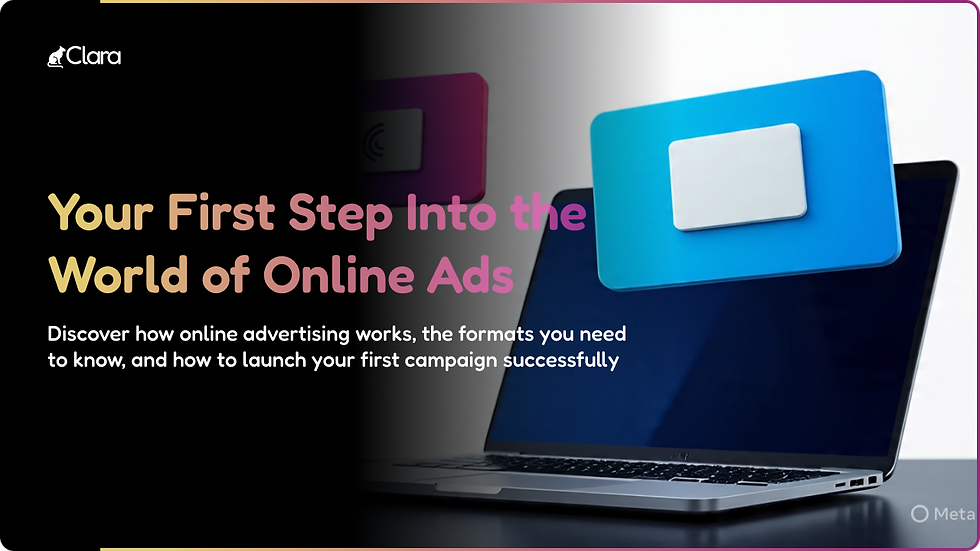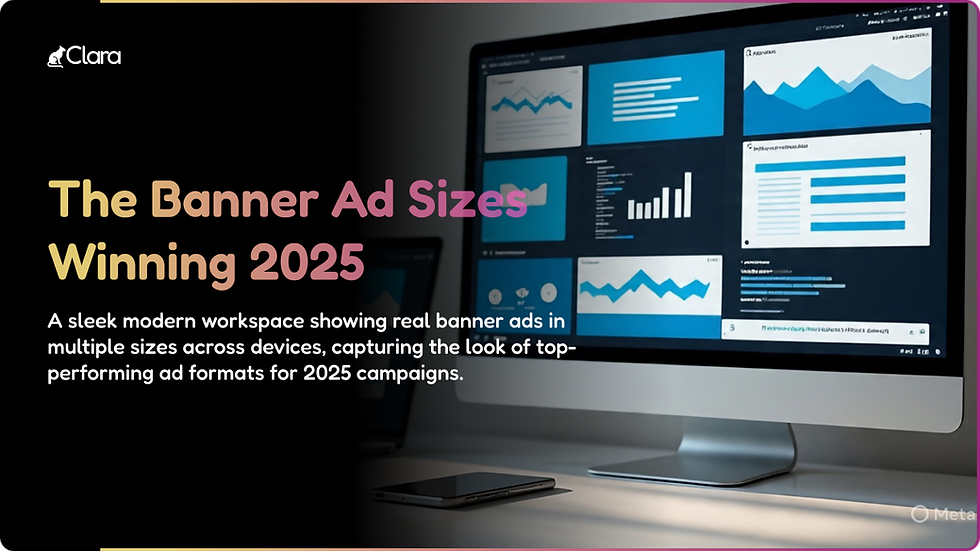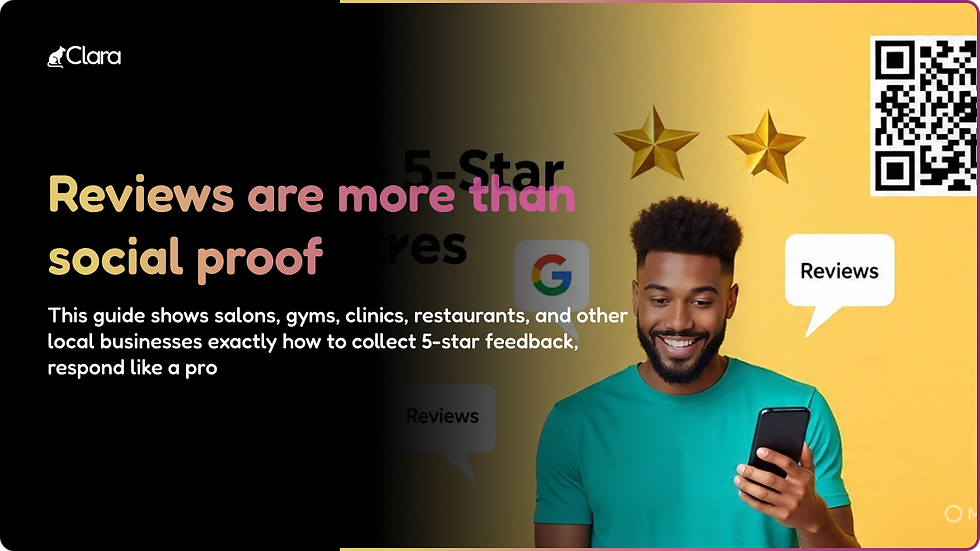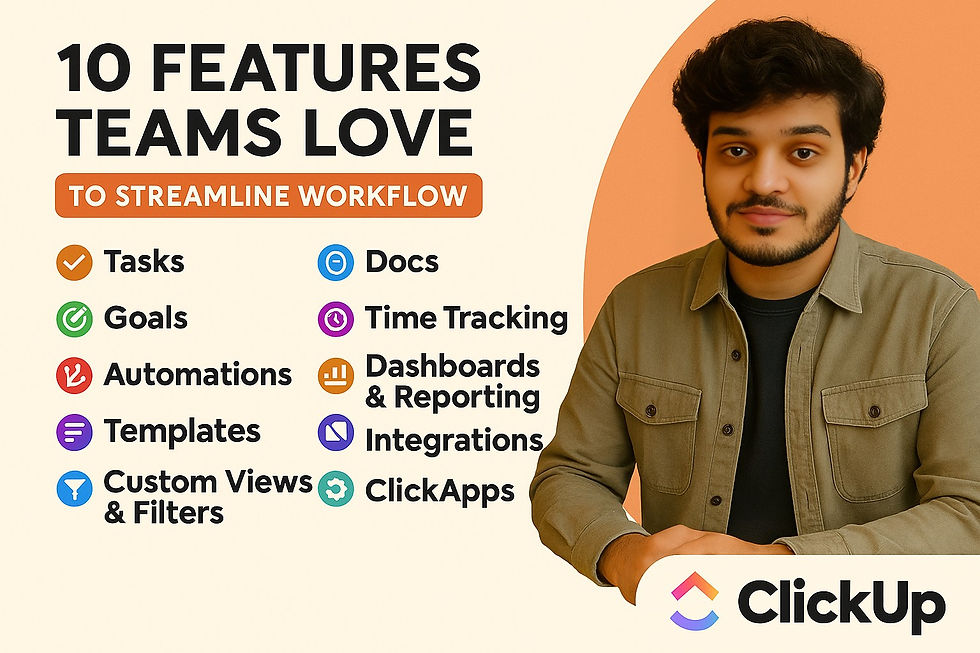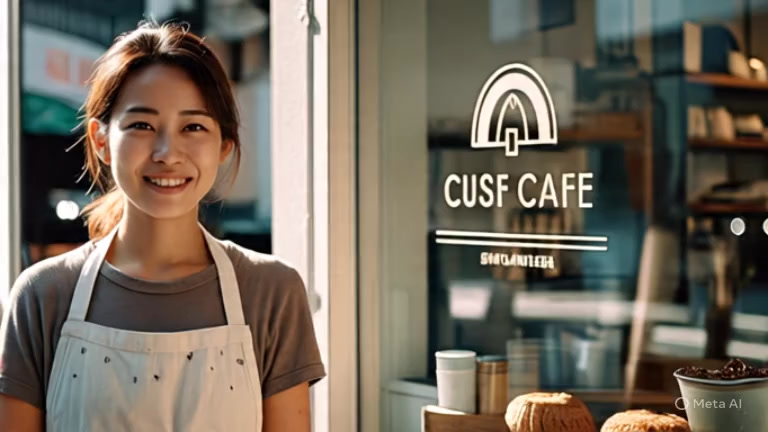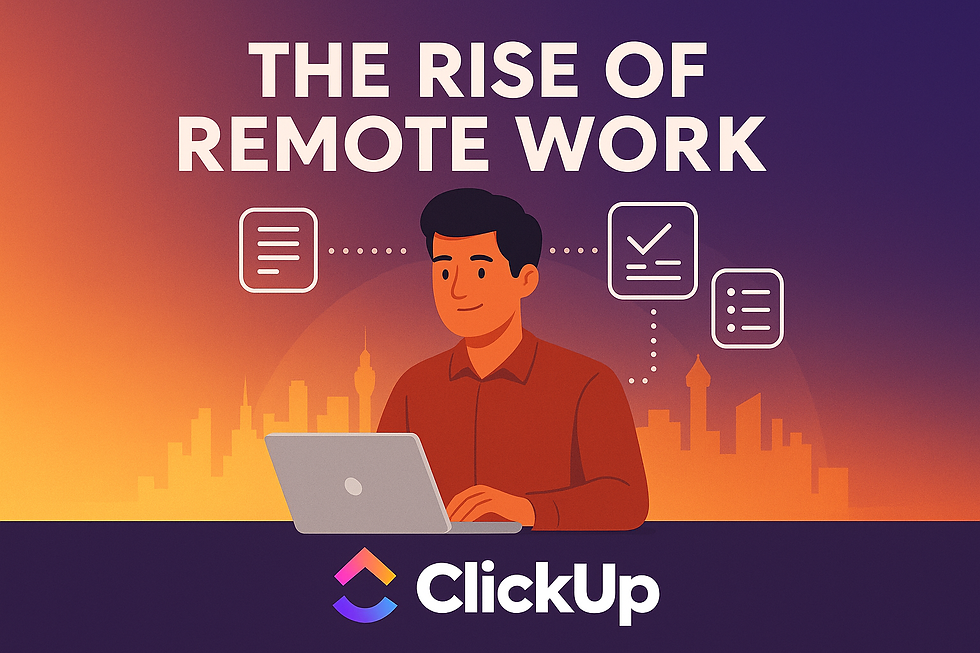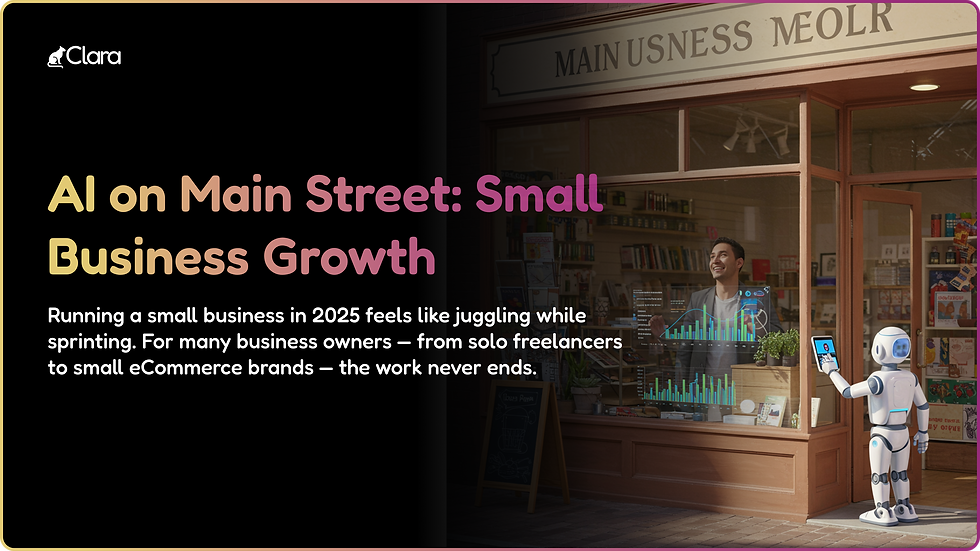- Dravya Bansal
- Oct 15, 2023
- 9 min read
With the distant echoes of Black Friday and Cyber Monday (BFCM) reverberating in the future, it’s prudent to acknowledge the historical precedence of an extended shopping extravaganza, commencing far ahead and lingering long past its designated calendar slot each year. Evident from the established patterns, the shopping spectacle typically unfolds its curtains as early as the waning days of summer or the immediate aftermath of America’s grand shopping spectacle, Amazon Prime Day.
What to Expect from Customers in Black Friday 2023
Bazaarvoice‘s latest research showed that pre-Christmas shopping began in July, advancing the BFCM marketing crunch time to August and September. Consumers are watching out for the following:
Product announcements and purchases via mobile device
73% of last year’s BFCM shoppers made purchases on mobile, and this habit is likely to continue. Here are more details on mobile shopping preferences from Tapcart:
Source: tapcart.com
Early access to sales
Sellers expect a replication of the 2022 pattern, with 56% of consumers engaging in pre-Thanksgiving sales activities, including Amazon’s inaugural Prime Early Access Sale in mid-October. An overwhelming 67% of retailers affirm that shoppers are eagerly anticipating this year’s markdowns. Reduced prices, reminiscent of the previous year’s “pre-inflation pricing,” are anticipated to prompt early buying. During the same period, 51% of respondents surveyed by Nielsen attested to the superior quality of deals compared to those in 2021.
Buy now, pay later (BNPL) and other payment options
Tapcart expects 31% of consumers to raise their shopping budgets this year. 71% of this percentage plan to spend $100 to $500, while 15% of respondents have budgets over $700. Whether or not part or all of their spending money will go to your store largely depends on your payment methods.
Source: tapcart.com
BNPL is one method to consider, as eCommerce market trackers saw sales transactions increase among 71% of BNPL users who earned over $100,000. Also, Gen Zers prefer paying through their debit cards compared to millennials’ propensity to use credit cards.
Extended BFCM deals
Shoppers will look to “limited time” discounts or promotions beyond Cyber Monday, like in 2022. Customer management of BFCM-bought goods will extend to January in light of gift-related returns.
Checklist to Boost BFCM 2023 Conversions on Shopify
With the number of shoppers who prefer to buy in-store (81%) and online (72%) narrowing, you can take measures to lure more people to your e-store until the payment stage, even if they’ll eventually pick up their goods at your brick-and-mortar shop. Make your Shopify store BFCM-ready by following the 12 steps below:
1. Decide early about inventory.
Utilize Shopify Reports and assess your Sales by Product report to identify the products to incorporate during BFCM. Additionally, analyze the performance of your top-selling items from the previous year’s BFCM. To optimize your strategy, prioritize your premium products or those contributing to 80% of your revenue. Finally, ensure to verify the availability of the selected products in your inventory.
Source: reportpundit.com
According to a survey by Anvil, a significant 83% of retailers are dedicating more effort to inventory planning due to currency fluctuations, supply chain disturbances, and trade uncertainties. Moreover, 31% of businesses have experienced a 10% increase in the cost of goods this year, while an additional 30% have encountered price hikes of up to 20%.
To manage this, consider leveraging third-party inventory optimization software to predict demand, guarantee adequate stock for projected BFCM requirements, and prevent surplus inventory.
2. Streamline your order and fulfillment workflow.
To manage the surge in orders during the BFCM period, contemplate recruiting extra personnel. Ensure your warehouse or fulfillment center maintains sufficient stocks of your top-selling products for expedited picking and packing. Utilize Shopify’s Orders Timeline to facilitate consistent communication with your team regarding order management and shipping instructions.
Organize products based on the following criteria:
Shipping requirements Prioritize shipments of clients who paid for expedited shipping. You can also group orders by delivery method so that items shipped through a specific courier in a particular area can be done all at once.
Customer priority You can ship the orders of your most loyal customers early to show your appreciation for their business. Customize tags to identify your most important customers.
Product Type Product packaging depends significantly on its dimensions and weight, so you can organize your items based on these factors for more systematic fulfillment.
3. Carefully plan deliveries.
To maintain customer satisfaction, establish transparent guidelines for your shipping procedures. A Voxware survey highlighted that 65% of consumers cease engaging with retailers following two to three delayed deliveries.
Broaden your shipping and delivery choices to cater to diverse consumer preferences. Emphasize the implementation of “buy online and pick up in-store” (BOPIS), as 39% of customers anticipate this option. Effectively managing BOPIS demands can reduce shipping expenses and boost foot traffic to your physical store.
Facilitate same-day shipping options for orders surpassing a specific value. Simultaneously, consider providing complimentary gift-wrapping services for orders with extended delivery times, thereby enhancing the overall customer experience.
4. Organize hassle-free returns.
Foster customer trust by providing user-friendly and cost-free return policies, prominently featuring them across product, shipping, FAQ pages, and order notification emails. In 2022, both in-store and online returns accounted for 16.5% of total returns.
Utilize third-party software to streamline returns management and automate various processes such as label generation, refunds, product exchanges, pickups, and comprehensive analytics for discerning return reasons, frequently returned products, and top returning buyers.
Implement self-service return systems to facilitate hassle-free returns without prolonged phone conversations or email exchanges. Enable customers to exchange their original purchases for any product in your store, leveraging upsell opportunities. Alternatively, consider offering store credits in place of refunds to retain potential future revenue while ensuring customer satisfaction.
54% of shoppers prefer in-person drop-off at designated locations to mailing returns.
5. Create your BFCM promotional strategy.
To kick off your approach, focus on creating an irresistible offer or a series of compelling recommendations. Research from Celigo reveals that more than half of Gen X and 50% of millennials start seeking holiday bargains as early as September and October.
Attract online visitors by presenting a substantial discount on a popular product, encouraging them to explore additional items before proceeding to the checkout page.
Consider implementing diverse discount structures, such as percentage reductions based on cart value thresholds (e.g., 10% off for purchases exceeding $100 or $25 off for orders surpassing $200) or bulk orders, aiding inventory clearance. Additionally, incentivize repeat business and enhance customer satisfaction by incorporating complimentary gifts into purchases.
Stand out by innovatively tailoring your discounts, perhaps by introducing exclusive offers like “50% off for first-time buyers” or “30% off when purchasing six or more pairs of shoes,” distinguishing your brand from competitors.
Explore alternative promotional approaches like offering free gifts with every purchase, buy-one-get-one-free deals, or complimentary shipping.
Delve into the option of providing increased discounts within a specified timeframe for loyal and VIP clientele, fostering customer loyalty and engagement.
Upsells or cross-sells
Selling product bundles is a simple way to increase your store’s average order value. Meanwhile, crafting shopping guides explaining why your items make superb gift sets can motivate customers to shop for loved ones when they visit your store.
One deal an hour or flash sales
Stir up that sense of urgency by staging a sale on different products at specific hours. Or run a flash sale that slashes prices by 70% to 90% for a few hours.
6. Spice up your store.
It’s time to glam up your Shopify pages by editing your store’s look using the Theme Editor to align with the BFCM season.
Customize your pages months before November for a smooth transition and sufficient troubleshooting.
Homepage
You can use design tools like Canva or Taler to change your hero image or header; otherwise, hire a professional to provide customized visuals for your BFCM-themed homepage.
Include a countdown timer to create urgency, visible CTAs—preferably bold or thick font, and high-converting sales banners. Here are some suggested keywords:
Source: printful.com
Black Friday keywords
Source: printful.com
Cyber Monday keywords
If you’re offering free shipping on all orders for specific locations, mention this on all orders.
Landing page
You can make several landing pages, one for each: top-performing categories, best-selling sale items, and discount types.
Grab attention with a compelling headline, attractive graphics, short but catchy content, a list of killer discounts, urgency countdown timers, features and benefits, a pressing call to action, and social proof or reviews and testimonials.
You can use landing page builders to improve conversion.
Product pages
Review and update your product pages with optimized photos and BFCM widgets that include phrases like “sale ends soon,” “sold out soon,” “limited time only,” “in high demand,” or “only one left.”
Add product reviews and ratings to your product pages to generate trust among shoppers who rely on public feedback before deciding to buy.
Furthermore, update shipping information to include a sentence or two about possible delays. Also, add question-and-answer pairs related to BFCM purchases on your FAQ page.
Site search
Make it easier for shoppers to navigate your store by optimizing your site search, where 69% of internet users start their eCommerce journey. Improve your search function by going to Shopify’s storefront filtering.
Checkout page
Make your checkout and payment process easy and seamless across devices. Use Shop Pay to allow customers to save their payment info. This way, checkout forms auto-fill themselves the next time they buy from your store.
Shorten your payment form to just seven fields or elements at most to prevent visitors from abandoning their carts. Also, consider permitting unregistered visitors to check out as guests or sign in with their Google account if data collection is your priority.
Buyers are more likely to complete transactions when you offer various payment methods, such as Apple or Google Pay and BNPL.
Finally, reduce your cart abandonment rate through targeted emails and SMS—which you can automate—that will motivate your customers to complete their purchases.
Website performance
Test your site for speed by viewing your Shopify store speed report. Also, request feedback regarding navigation, user-friendliness, and mobile-responsiveness. Include the following in your audit:
Visibility and functionality of website buttons and navigation links
Updated the number of stocks on product pages
Image file sizes (Shopify displays images in fast-loading WebP format)
Accuracy of contact pages
Privacy and security levels
Voice search-friendliness (product descriptions must use conversational words so voice assistants like Alexa and Siri can include your items in search results)
Check if your site works well across various browsers (Google, Firefox, and Internet Explorer).
Keep your shoppers scrolling through your web pages by distributing product photos throughout the page instead of crowding them on top. Also, put off asking them to register or requiring them to log in at the start, as this needs data processing and validation.
7. Collect email recipients and practice segmentation.
Email gives brands a chance to hyper-personalize content, driving half of its recipients to purchase products upon receiving a message in their inbox over the past year. Such success has made this channel 108% better than banner or social media ads and organic posts. Tapcart reported that emails were the top source of BFCM deals last year.
Source: tapcart.com
Capture as many email leads as possible this early by creating sign-up pop-ups on your Shopify store’s pages. You can also include a QR code that directs recipients to a registration form.
Various brands can fill your target market’s inboxes with emails during BFCM. Increase your open rate by personalizing your messages based on the segments where recipients belong. You can segment your mailing list into the following categories:
Product browsers
Engaged visitors who haven’t purchased yet
“Almost purchasers”
Recent email openers
Seasonal shoppers
Product category buyers
Gift givers
VIP customers
Email ignorers
Geographic targets
With Shopify Email and email marketing software, you can automate the customization of subject lines, body text, and offers according to the recommended segments.
For instance, entice email ignorers with free shipping or a gift. Meanwhile, you can offer free shipping plus a gift to the “almost buyers” segment or the consumers who received the email but didn’t open it on the sale day. For good measure, test your email automation to ensure messages land in the correct inboxes.
8. Activate SMS campaigns.
This fast and direct marketing method also has a 98% open rate. So, it isn’t surprising that SMS campaigns for BFCM 2022 rose 64.5% year-on-year. Despite a 34% decline in automated sends, SMS-triggered orders rose nearly 1600%.
Use email and social media to promote sign-ups for your SMS notifications. You can also feature an invitation on your checkout page to encourage shoppers to subscribe to your text messages. Be sure to connect your product catalog to your SMS platform so you can collect data. Segment your subscribers according to location, engaged vs. unengaged, and status (VIP or other based on spending, loyalty, and more).
Learn more about their shopping preferences by texting “What’s your favorite style?” or “What price range are you looking for?”
9. Share teasers and deals on social media.
45% of consumers’ product discovery happens on social media. Use your social channels to drive sales or traffic to your store by:
Integrating checkout on Facebook and Instagram
Posting a message, photo, or video on your profile highlighting your BFCM promotion
Updating your Instagram or Facebook Story about your BFCM deals
Including a link to your BFCM landing page on your bio
Featuring BFCM hashtags to expand your reach
Running ads before November to collect warm leads at a lower cost, focusing on locations (cities and states) where you got the highest sales
10. Partner with influencers.
Reaching out to influencers and informing them about your BFCM sale can expand your existing audience size. 37% of consumers trust them more than they do brands.
You can give them discount codes that customers can use on their purchases. Go for micro-influencers whose followers match your brand personas.
11. Beef up your customer support.
Provide real-time assistance to your visitors and shoppers, particularly first-timers. One way to do this is by adding a live chat feature to your store. Also, consider installing an automated chatbot for handling common FAQs. Or you can create a website pop-up that directly connects shoppers with your sales team.
12. Analyze your campaign performance.
Document your decisions and outcomes to determine the marketing tactics that worked and those that didn’t. Shopify Analytics can provide insights on sales. Monitor real-time performance through Live View.
Source: help.shopify.com
The platform also recommends the use of apps measuring your eCommerce conversion rate.




